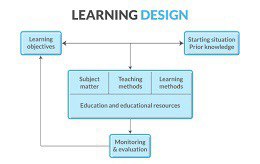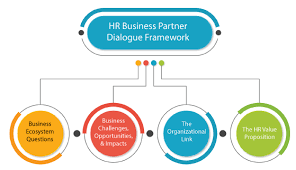Learning Talent Management
Training is not a core competency for most organizations – yet it is critical to your business. Therefore, you not only need a partner who can add incremental value to your L&D organization, but you also need to clearly determine all L&D outsourcing opportunities.
Once you have made the business case for L&D outsourcing, it is important to consider what processes you can completely outsource, those that you can partially outsource and the ones where you can share responsibility with your L&D outsourcing partner. Our infographic clearly outlines what we have seen as repeatedly and successfully outsourced L&D processes
Scoping outsourcing opportunities is a vital step in your journey to a successful outsourcing partnership. A general rule of thumb to leverage the external enterprise is to outsource high volume processes with low strategic value or those that you may not have the expertise to do in-house. Similarly, you could scope delivery options like onshore, offshore, hybrid or a phased combination depending on the criticality of the process.
As many companies look to shrink and stabilize their budgets, they may overlook an easy way to save money and still maintain effectiveness in the critical area of training. It’s imperative to have a good training staff at your organization, but you also want to make sure you don’t have more full-time positions than required as training needs ebb and flow. A relatively new way to handle this involves managed services that support training design, development and deployment.
Managed services for training gives an enterprise the opportunity to supplement its core training and learning experts when it has a big project, onboarding effort, new software implementation or other training requirement on the horizon.
In Bloomsford Managed Training services, we monitor the client organization’s training needs and then address them with a package of training standards and materials, training-software licenses, train-the-trainer programs, training logistics support and more. This includes administration of the training delivery with a learning management system, coordination of classes and preparation for the trainers. All the while, the company gets to maintain a steady payroll and staff in the training area, no matter how much or little training work is demanded at any given time. The supplementary staff also helps reduce long lead times for creation or updates of training materials that can result from having too few in-house resources.
OUR TRAINING PACKAGES
Training Topic
The Outcome
Organizational Development and Restructuring

- Understanding your current workforce
- Understanding Organizational structure
- Redesigning the jobs
- Redeployment and Downsizing
- Strategies for the new work staff
Strategic HR Leadership

- Develop a thorough understanding of your company’s objectives
- Evaluate your HR capability
- Analyze your current HR capacity in light of your goals
- Estimate your company’s future HR requirements
- Determine the tools required for employees to complete the job
- Implement the human resource management strategy
- Evaluation and corrective action
Diversity and Inclusion

- Data collection and analysis to determine the need for change.
- Strategy design to match business objectives.
- Resolve issues relating to Unconscious biases.
- Identify Business Objectives, Implement Initiatives
- Implementation of the initiative.
- Evaluation and continuing audit of the plan.
- Address Policies or Practices Affecting DE&I, Identify Needs and/or Areas of Concern.
Effective Customer Service Delivery

- ways to deliver great customer service
- Benefits of good customer service
- Principles of good customer service
- Excellent customer service impacts the bottom line
Peoples / HR Analytic

|
HR Metrics and Dashboarding

- Understanding HR metrics and dashboarding
- Learn how to implement Workforce Management KPIs, Compensation KPIs and Recruitment KPIs
- Learn to develop employment performance dashboard and employment development dashboard
Learning and Development

|
HR Business Partner

- Understanding HR Business Partner job description and Job overview
- Responsibilities of an HR Business Partner
- HRBP skills and qualifications
Human Relation And Interpersonal Skill

|
Re-Retirement Training On Financial Planning And Investment Management

|